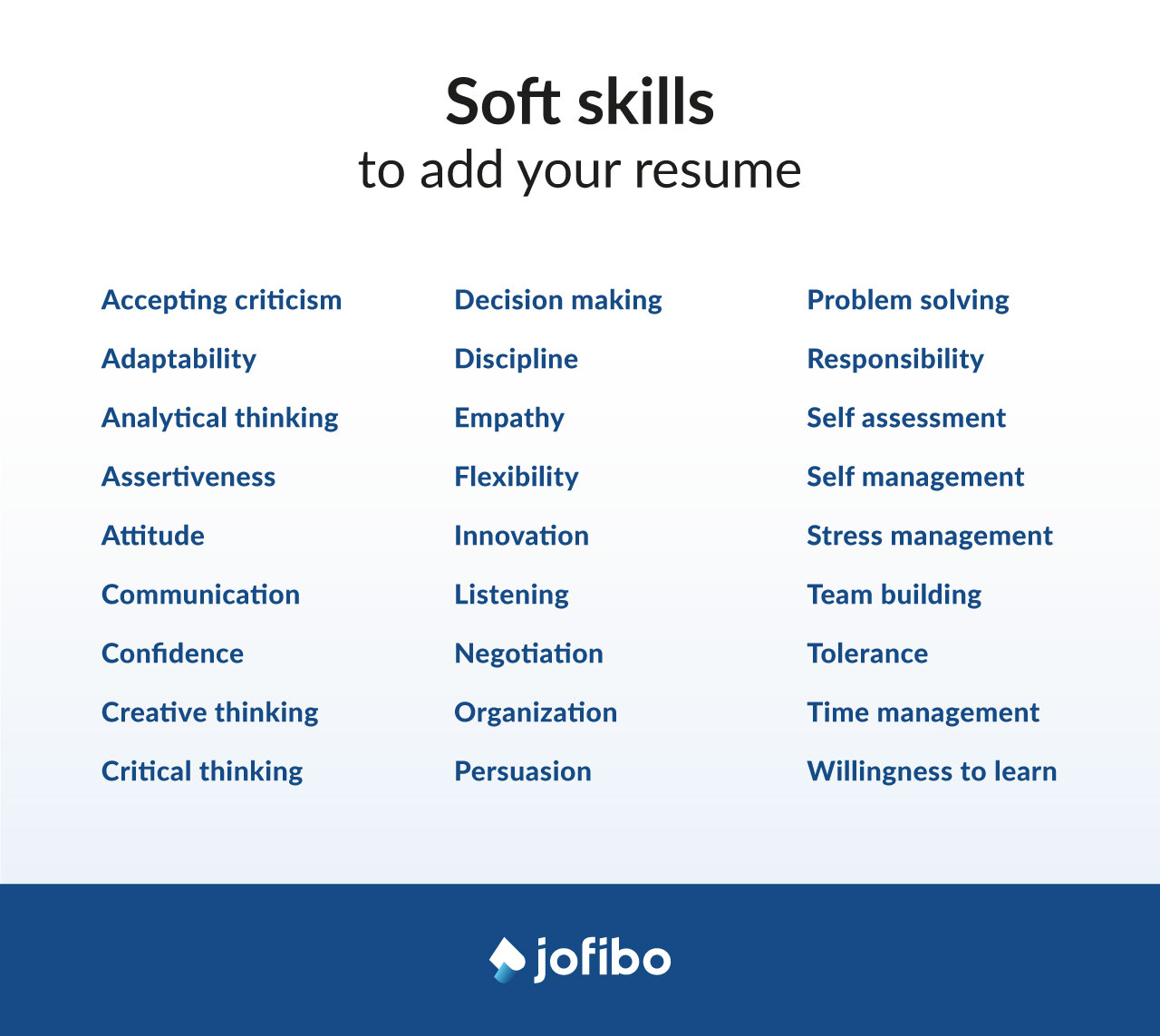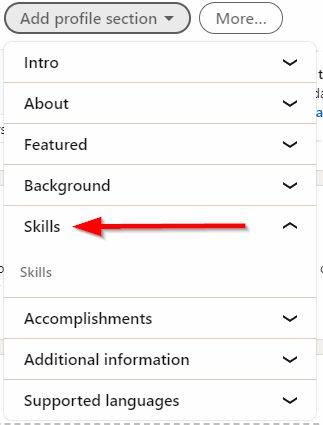Unlocking Career Opportunities with a Strong Online Presence
In today’s digital age, having a complete and up-to-date LinkedIn profile is crucial for professionals looking to advance their careers. A well-crafted profile showcases a individual’s skills, experience, and achievements, making it an essential tool for attracting potential employers, recruiters, and industry peers. By highlighting relevant skills to add on LinkedIn, professionals can increase their visibility, credibility, and career opportunities. A strong online presence can also help establish thought leadership, build professional networks, and stay informed about industry trends and news.
A LinkedIn profile is often the first point of contact between a professional and a potential employer or recruiter. A complete and up-to-date profile demonstrates a level of professionalism, attention to detail, and commitment to one’s career. By showcasing relevant skills, professionals can demonstrate their expertise and value proposition, making it more likely to attract the attention of potential employers and recruiters. Furthermore, a strong online presence can also help professionals build relationships with industry peers, stay informed about industry trends, and identify new career opportunities.
In addition to showcasing skills, a complete LinkedIn profile should also include a professional headshot, a clear and concise headline, and a detailed work experience section. By taking the time to craft a well-written and visually appealing profile, professionals can establish a strong online presence that showcases their skills, experience, and achievements. This, in turn, can help unlock new career opportunities, build professional networks, and establish thought leadership in their industry.
Identifying Key Skills to Add: A Guide to Enhancing Your Profile
When it comes to identifying the most relevant skills to add to a LinkedIn profile, there are several factors to consider. One approach is to research industry trends and job descriptions to determine the most in-demand skills in your field. This can be done by analyzing job postings, industry reports, and news articles to identify the skills that are most frequently mentioned.
Another approach is to review the profiles of your competitors and industry peers to see what skills they are showcasing. This can provide valuable insights into the skills that are most valued in your industry and can help you identify gaps in your own skillset. Additionally, you can use LinkedIn’s built-in tools, such as the “Skills” section, to discover popular skills and endorsements in your network.
When selecting skills to add to your LinkedIn profile, it’s essential to be specific and relevant. Avoid adding generic or irrelevant skills that don’t accurately reflect your expertise or experience. Instead, focus on showcasing skills that are directly related to your profession or industry. This will help you establish credibility and increase your visibility to potential employers and recruiters.
It’s also important to consider the level of proficiency you have in each skill. LinkedIn allows you to indicate your level of expertise, from beginner to advanced, so be honest and accurate when assessing your skills. This will help you build trust with your network and demonstrate your value as a professional.
By taking the time to research and identify the most relevant skills to add to your LinkedIn profile, you can enhance your online presence and increase your chances of being discovered by potential employers and recruiters. Remember to keep your skills up-to-date and relevant, and don’t be afraid to showcase your expertise and achievements.
Top Skills to Add for Career Advancement
In today’s competitive job market, having the right skills can make all the difference in advancing your career. When it comes to skills to add on LinkedIn, there are several in-demand skills across various industries that can enhance your profile and increase your visibility to potential employers and recruiters. Here are some examples of technical, business, and soft skills that are highly valued in the job market:
Technical Skills:
- Cloud computing and cybersecurity
- Data science and analytics
- Artificial intelligence and machine learning
- Web development and design
- Mobile app development
Business Skills:
- Project management and leadership
- Marketing and sales
- Financial analysis and planning
- Human resources and talent management
- Business strategy and development
Soft Skills:
- Communication and teamwork
- Time management and productivity
- Problem-solving and adaptability
- Leadership and mentorship
- Emotional intelligence and empathy
These skills are highly valued in the job market and can be applied to various industries and roles. By showcasing these skills on your LinkedIn profile, you can demonstrate your expertise and value proposition to potential employers and recruiters. Remember to be specific and relevant when adding skills to your profile, and don’t be afraid to showcase your achievements and certifications.
In addition to these skills, it’s also important to consider the skills that are specific to your industry or profession. For example, if you’re a healthcare professional, you may want to highlight skills such as medical coding, patient care, and healthcare management. If you’re a software developer, you may want to highlight skills such as programming languages, software development methodologies, and data structures.
By showcasing the right skills on your LinkedIn profile, you can increase your visibility, credibility, and career opportunities. Remember to keep your skills up-to-date and relevant, and don’t be afraid to showcase your expertise and achievements.
How to Add Skills to Your LinkedIn Profile: A Step-by-Step Guide
Adding skills to your LinkedIn profile is a straightforward process that can help you showcase your expertise and increase your visibility to potential employers and recruiters. Here’s a step-by-step guide on how to add skills to your LinkedIn profile:
Step 1: Log in to your LinkedIn account and navigate to your profile page.
Step 2: Click on the “Skills & Endorsements” section, located in the right-hand column of your profile page.
Step 3: Click on the “Add a new skill” button, located at the top of the skills section.
Step 4: Enter the name of the skill you want to add, and select it from the dropdown list of suggested skills.
Step 5: Choose the level of proficiency you have in the skill, from beginner to advanced.
Step 6: Add a brief description of your experience with the skill, if desired.
Step 7: Click “Add” to add the skill to your profile.
Step 8: Repeat the process for each skill you want to add.
In addition to adding new skills, you can also edit and prioritize your existing skills. To do this, follow these steps:
Step 1: Navigate to the “Skills & Endorsements” section of your profile page.
Step 2: Click on the “Edit” button next to the skill you want to edit.
Step 3: Make any necessary changes to the skill, including the level of proficiency and description.
Step 4: Click “Save” to save your changes.
To prioritize your skills, follow these steps:
Step 1: Navigate to the “Skills & Endorsements” section of your profile page.
Step 2: Click on the “Prioritize” button next to the skill you want to prioritize.
Step 3: Drag and drop the skill to the top of the list to prioritize it.
By following these steps, you can add skills to your LinkedIn profile and showcase your expertise to potential employers and recruiters. Remember to keep your skills up-to-date and relevant, and don’t be afraid to showcase your achievements and certifications.
Optimizing Your Skills Section for Maximum Visibility
Once you have added skills to your LinkedIn profile, it’s essential to optimize your skills section for maximum visibility. This can be achieved by using relevant keywords, categorizing skills, and showcasing endorsements. By optimizing your skills section, you can increase your visibility to potential employers and recruiters, and demonstrate your expertise in your field.
Using Relevant Keywords:
When adding skills to your LinkedIn profile, use relevant keywords that are commonly used in your industry. This will help your profile appear in search results when potential employers and recruiters are searching for candidates with specific skills. For example, if you are a software developer, use keywords such as “Java,” “Python,” and “C++” to describe your skills.
Categorizing Skills:
Categorizing your skills can help you to organize your skills section and make it easier for others to find specific skills. LinkedIn allows you to categorize your skills into different sections, such as “Technical Skills,” “Business Skills,” and “Soft Skills.” By categorizing your skills, you can make it easier for others to find your skills and demonstrate your expertise in specific areas.
Showcasing Endorsements:
Showcasing endorsements from others can help to increase your credibility and demonstrate your expertise in specific skills. LinkedIn allows you to request endorsements from others, and you can also endorse others in return. By showcasing endorsements, you can demonstrate your skills and expertise to potential employers and recruiters.
Best Practices for Optimizing Your Skills Section:
Here are some best practices for optimizing your skills section:
- Use relevant keywords to describe your skills
- Categorize your skills into different sections
- Showcase endorsements from others
- Keep your skills section up-to-date and relevant
- Use a clear and concise format to describe your skills
By following these best practices, you can optimize your skills section and increase your visibility to potential employers and recruiters. Remember to keep your skills section up-to-date and relevant, and don’t be afraid to showcase your expertise and achievements.
Measuring the Impact of Your Skills on LinkedIn
Once you have added skills to your LinkedIn profile, it’s essential to measure the impact of showcasing those skills. By tracking the right metrics, you can determine whether your skills are attracting the attention of potential employers and recruiters, and make adjustments to your profile accordingly.
Metrics to Track:
Here are some key metrics to track when measuring the impact of your skills on LinkedIn:
- Profile views: Track the number of views your profile receives, and see if there is an increase in views after adding new skills.
- Connection requests: Monitor the number of connection requests you receive, and see if there is an increase in requests after adding new skills.
- Job opportunities: Track the number of job opportunities you receive, and see if there is an increase in opportunities after adding new skills.
- Endorsements: Monitor the number of endorsements you receive for your skills, and see if there is an increase in endorsements after adding new skills.
Tools to Use:
LinkedIn provides several tools to help you measure the impact of your skills. Here are a few tools you can use:
- LinkedIn Analytics: LinkedIn Analytics provides detailed insights into your profile views, connection requests, and job opportunities.
- LinkedIn Insights: LinkedIn Insights provides information on the skills and endorsements you have received, as well as the number of views and engagement on your posts.
Best Practices for Measuring Impact:
Here are some best practices for measuring the impact of your skills on LinkedIn:
- Track your metrics regularly: Regularly track your metrics to see if there is an increase in profile views, connection requests, and job opportunities after adding new skills.
- Adjust your profile accordingly: Based on your metrics, adjust your profile to optimize your skills and increase your visibility.
- Use LinkedIn’s built-in tools: Use LinkedIn’s built-in tools, such as LinkedIn Analytics and LinkedIn Insights, to track your metrics and gain insights into your skills.
By measuring the impact of your skills on LinkedIn, you can determine whether your skills are attracting the attention of potential employers and recruiters, and make adjustments to your profile accordingly. Remember to track your metrics regularly, adjust your profile accordingly, and use LinkedIn’s built-in tools to gain insights into your skills.
Common Mistakes to Avoid When Adding Skills to LinkedIn
When adding skills to LinkedIn, there are several common mistakes to avoid. These mistakes can make your profile look unprofessional, and may even harm your chances of getting noticed by potential employers and recruiters. Here are some common mistakes to avoid when adding skills to LinkedIn:
Overemphasis on Irrelevant Skills:
One common mistake is to overemphasize irrelevant skills. This can make your profile look unfocused, and may even give the impression that you are not serious about your career. Instead, focus on adding skills that are relevant to your industry and job function.
Lack of Specificity:
Another common mistake is to lack specificity when adding skills. Instead of adding general skills like “communication” or “teamwork,” try to be more specific. For example, you could add skills like “public speaking,” “written communication,” or “project management.”
Neglecting to Update the Skills Section:
Finally, many people neglect to update their skills section regularly. This can make your profile look outdated, and may even give the impression that you are not committed to your career. Instead, try to update your skills section regularly, adding new skills and removing old ones as needed.
Other Common Mistakes:
Here are some other common mistakes to avoid when adding skills to LinkedIn:
- Adding too many skills: This can make your profile look cluttered, and may even give the impression that you are not focused.
- Adding skills that are not relevant to your industry: This can make your profile look unfocused, and may even harm your chances of getting noticed by potential employers and recruiters.
- Not using relevant keywords: This can make it harder for potential employers and recruiters to find your profile when searching for specific skills.
By avoiding these common mistakes, you can create a strong skills section that showcases your expertise and helps you get noticed by potential employers and recruiters.
Future-Proofing Your Career with Continuous Skill Development
The job market is constantly evolving, and it’s essential to stay up-to-date with the latest skills and trends to remain competitive. Continuous skill development is crucial for future-proofing your career and staying ahead of the curve. Here are some tips on how to stay up-to-date with industry trends and develop new skills:
Online Courses:
Online courses are an excellent way to develop new skills and stay up-to-date with industry trends. Websites like Coursera, Udemy, and LinkedIn Learning offer a wide range of courses on various topics, from technical skills to soft skills.
Workshops and Conferences:
Attending workshops and conferences is another great way to develop new skills and network with industry professionals. These events provide a platform to learn from experts and stay updated on the latest trends and technologies.
Industry Events:
Industry events, such as trade shows and seminars, are an excellent way to stay updated on the latest trends and technologies. These events provide a platform to network with industry professionals and learn from experts.
Professional Certifications:
Professional certifications are an excellent way to demonstrate your expertise and commitment to your profession. Certifications like PMP, ITIL, and Six Sigma are highly valued in the industry and can help you stand out from the competition.
Best Practices for Continuous Skill Development:
Here are some best practices for continuous skill development:
- Set clear goals: Identify the skills you need to develop and set clear goals for yourself.
- Create a learning plan: Create a learning plan that outlines the skills you need to develop and the resources you need to access.
- Stay updated: Stay updated on the latest trends and technologies in your industry.
- Network: Network with industry professionals and learn from their experiences.
By following these tips and best practices, you can future-proof your career and stay ahead of the curve. Remember to stay updated, network, and continuously develop new skills to remain competitive in the job market.







